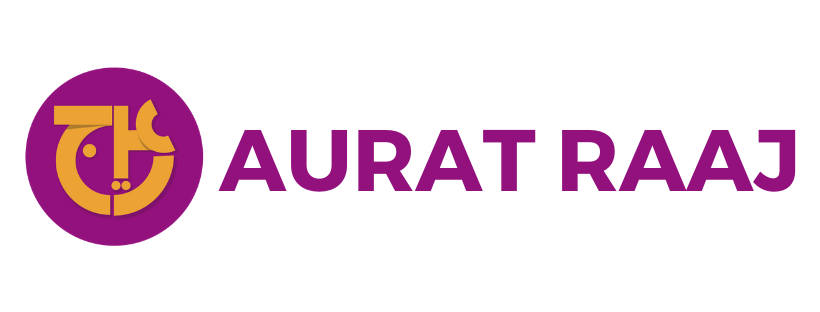
Inclusion is a trending word these days but what does it mean in the context of the digital world?
Inclusion simply means making someone feel like they belong, including them in activities and groups, or helping them feel at ease and at home in an environment. Digital inclusion means that different marginalized groups have an equal chance to access, afford, learn, and use technology.
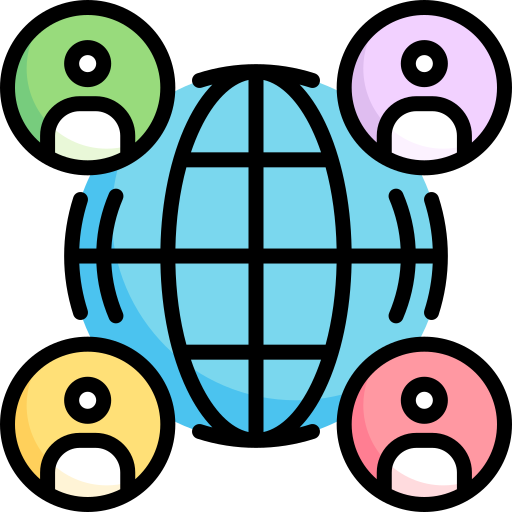
In most cases, digital technology refers to not just the use of different equipment, devices, software, and hardware, but also access to the internet. Unfortunately, many people around the world in marginalized communities are being excluded from digital environments.
This has a detrimental impact on societies, education, healthcare, and economies, leading to a digital divide between people who can use and access technology, and those who can't.

Why do we need digital literacy and inclusion?
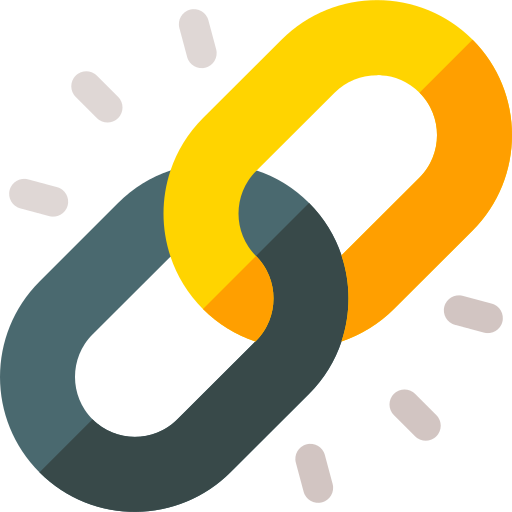
It helps you...
stay connected with friends, work, and news through social media (Facebook, Twitter, Linkedin)
manage your health through apps and devices (Maven Clinic)
deal with emergencies (Amber Alert) or learn about public health restrictions or vaccines
navigate cities (Google Maps)
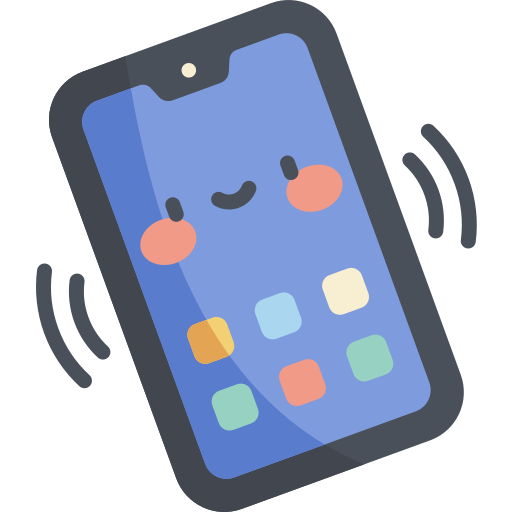
It gives you...
immediate access to information (Google)
the flexibility to work from anywhere (Upwork)
the option to get schooling and different types of learning online (Google Classroom, YouTube)
entertainment and music options (Spotify, Netflix)
the opportunity to meet new people (Bumble, Tinder)
convenience for shopping, travel, and transportation (Uber, Amazon)
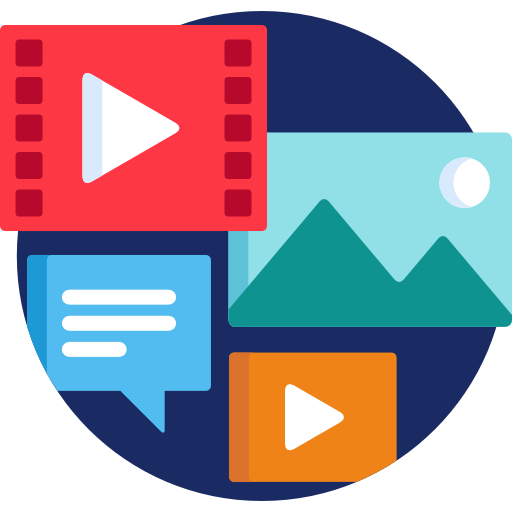
It allows you to...
become a content creator (Twitch, TikTok)
receive, send, or manage money (PayPal)
rent homes wherever and whenever (Airbnb)
capture your everyday memories and share them with others (Instagram)
vote or participate in political discussions
Where is digital inclusion the highest?
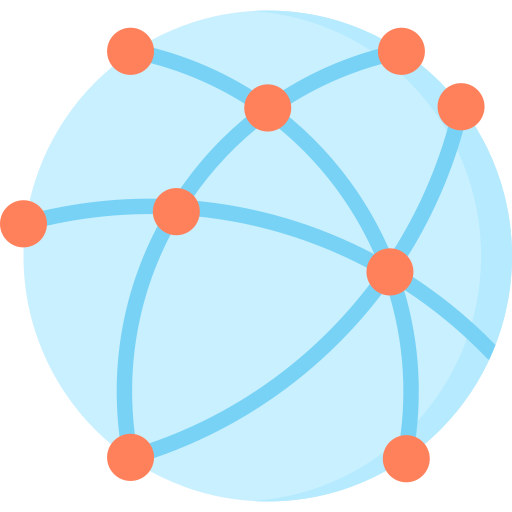
According to the Inclusive Internet Index 2021 , Singapore, South Korea, and the United States have the highest digital inclusion.
On the other hand, countries like Burkina Faso, Liberia, and Congo have the lowest internet inclusivity in the world.
This index bases its findings on availability, affordability, cultural relevance, and audience readiness when it comes to the internet.
Why is digital inclusion so important for women and girls?

When women and girls face barriers to digital tools through lack of access, understanding, or affordability, they'll have limited ability to:
be part of political discourse or vote
get online jobs or have freelance online income
pursue STEM careers
learn new subjects
start, build, and scale online businesses
contribute to the economy
access correct, factual information about their bodies, health, and the world in general
understand, report, or seek therapy for abuse and violence
avoid being scammed
How can we improve digital inclusion?
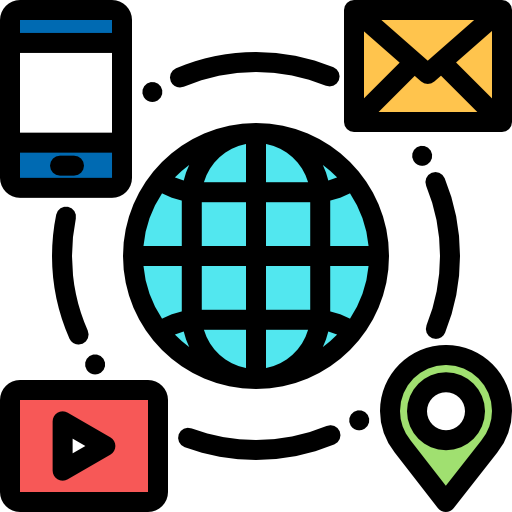
teach digital skills to kids early on
provide better internet infrastructure
impose fewer taxes on digital technology
design tech with accessibility in mind
build interest in tech through games and movies
provide access to public computers through libraries
offer more free wifi hotspots
give out easy low-interest loans for tech purchases
make the internet free for all
Are digital literacy and digital inclusion the same thing?
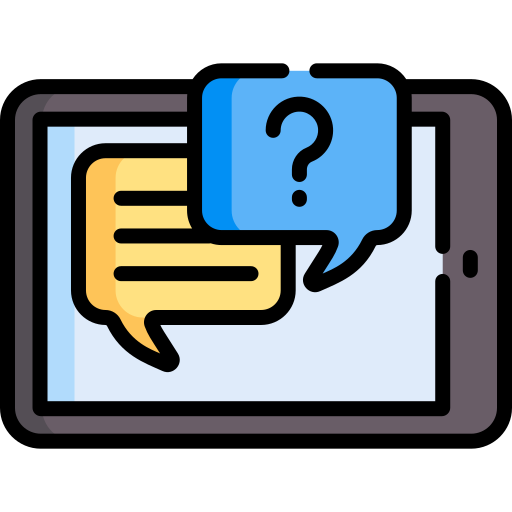
Not exactly, but they're linked! Digital literacy is having the skillsets and know-how to effectively use the internet, mobile phones, or other hardware and software. Without digital literacy, it's hard to be included in the digital world!
A digitally literate person understands not just the usage of tech, but also is aware of privacy protocols and online risks, and practices healthy online habits.
Which communities are most vulnerable to digital exclusion?
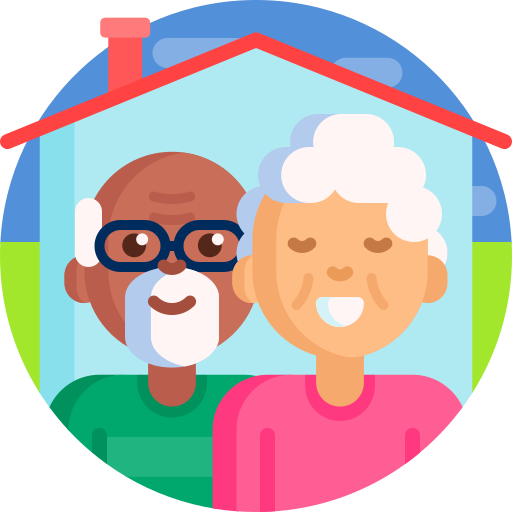
Older adults
25% of people ages 65 and above in the US said they have never used the internet or accessed it at home.

Rural, remote communities
Consistent, reliable internet infrastructure hasn't been laid out in many parts of the world and this makes it difficult for rural populations to access digital education and health services.
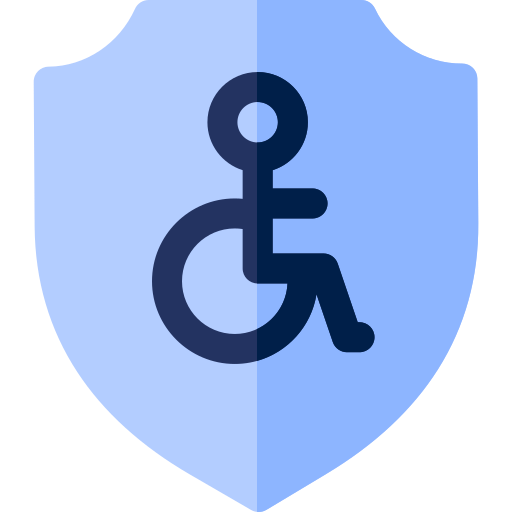
People with disabilities
People with physical disabilities that impact their hands or movement, or those with learning disabilities, can often struggle with using technology primarily designed for able-bodied people.

Women and girls
In Pakistan, due to existing cultural and social barriers, there's a huge gap between internet access and mobile phone ownership between men versus women.

Refugees, the unhoused, Indigenous people, and at-risk youth
UNHCR states that as compared to the rest of population, refugees are 50% less likely to own internet-enabled phone.

People affected by war or natural disasters
Bush fires, droughts, hurricanes, earthquakes, and wars leave many people homeless without their phones, incomes, or savings.
What causes digital exclusion?
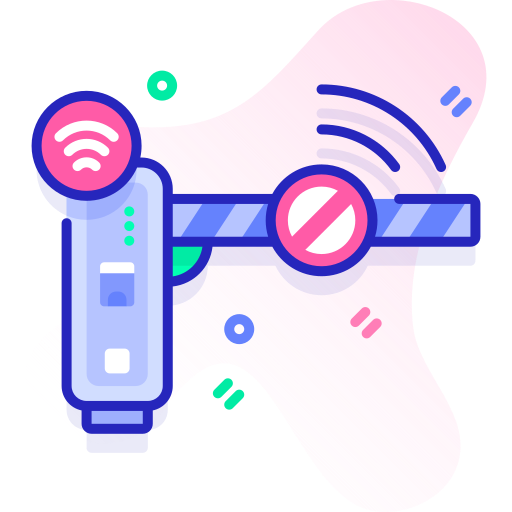
Growing up with low literacy
Fear and distrust of technology
Limited affordability of technology
Digital illiteracy
Living in remote, inaccessible locations
Lack of interest or motivation to use tech
Lack of tech skills
Quiz
Farhan lives in a remote area in Pakistan and can't access the internet reliably through his service provider. Often he walks for hours to the marketplace to find a stable connection. This is due to:
Take Action
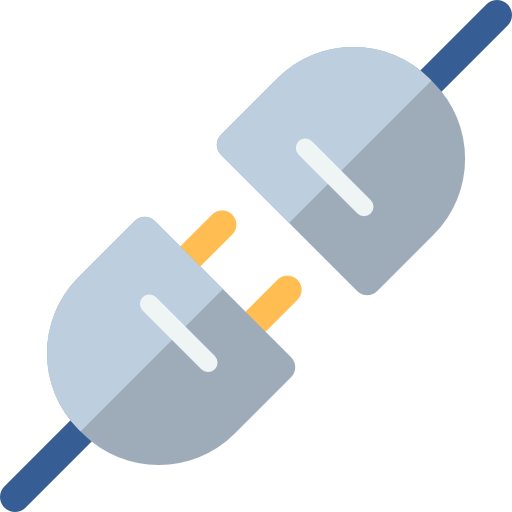
How can you help bridge the digital divide?
Your feedback matters to us.
This Byte helped me better understand the topic.
